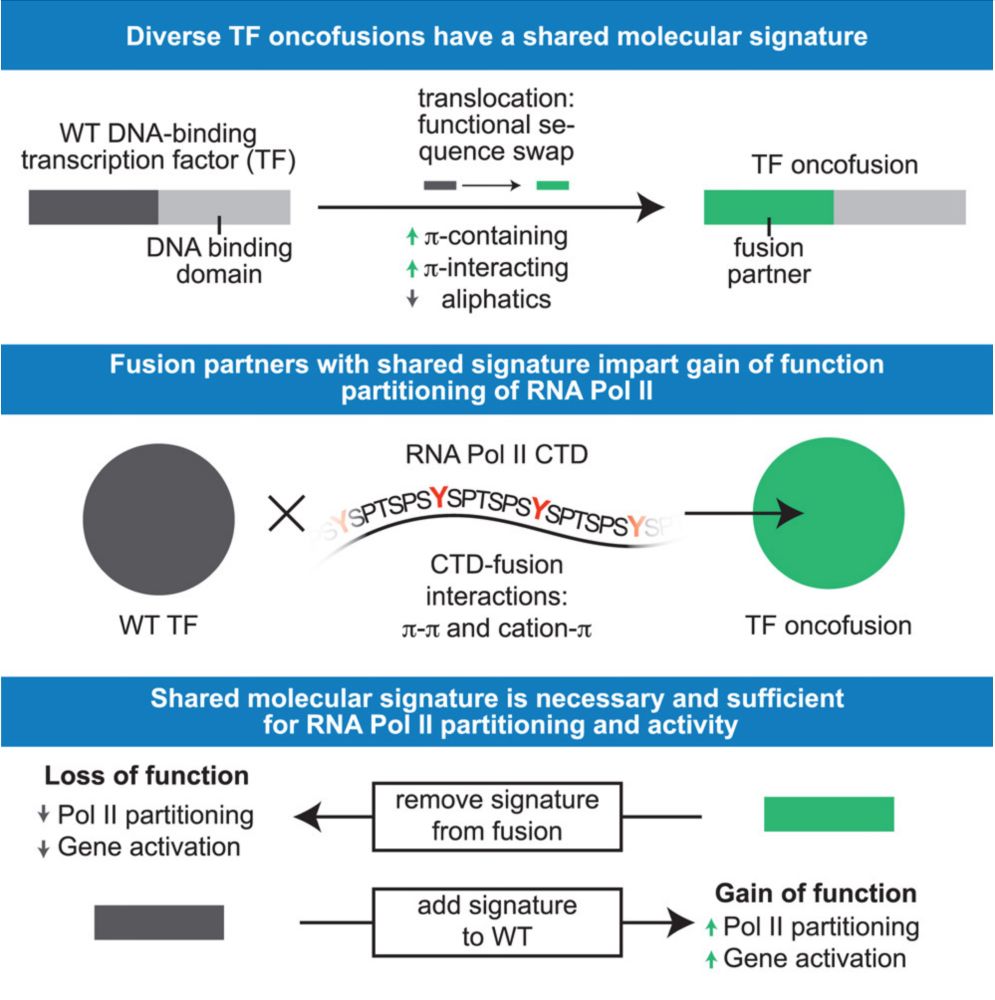


Enhanced DNA repair
www.nature.com/articles/s41...
erictopol.substack.com/p/a-long-awa...

Enhanced DNA repair
www.nature.com/articles/s41...
erictopol.substack.com/p/a-long-awa...

They '...systematically screened 200 million human protein pairs and predicted 17,849 interactions with anexpected precision of 90%, of which 3,631 interactions were not identified in previous experimental screens.'
www.science.org/doi/epdf/10....

They '...systematically screened 200 million human protein pairs and predicted 17,849 interactions with anexpected precision of 90%, of which 3,631 interactions were not identified in previous experimental screens.'
www.science.org/doi/epdf/10....
led by (amazing) Ryan Krueger + colab w M. Brenner!
We introduce a framework to directly design intrinsically disordered proteins (IDPs) from physics-based simulations.
🧬 doi.org/10.1038/s435...
📰 www.mccormick.northwestern.edu/news/article...

led by (amazing) Ryan Krueger + colab w M. Brenner!
We introduce a framework to directly design intrinsically disordered proteins (IDPs) from physics-based simulations.
🧬 doi.org/10.1038/s435...
📰 www.mccormick.northwestern.edu/news/article...

Inspired by condensates that form on specific DNA, we ask:
can we design multicomponent fluids to form distinct condensates on diff. surfaces?
i.e. perform classification by condensation ⚛️ 💻 exploiting phase transitions beyond compartmentalization!
arxiv.org/abs/2509.08100
(1/2)

Inspired by condensates that form on specific DNA, we ask:
can we design multicomponent fluids to form distinct condensates on diff. surfaces?
i.e. perform classification by condensation ⚛️ 💻 exploiting phase transitions beyond compartmentalization!
arxiv.org/abs/2509.08100
(1/2)




Cells use condensates (dynamic compartments without membranes) to organize key reactions. Some condensates have core & shell layers… but how do such layers form? 🤔
👉 pnas.org/doi/10.1073/pnas.2504778122 (1/6)
Cells use condensates (dynamic compartments without membranes) to organize key reactions. Some condensates have core & shell layers… but how do such layers form? 🤔
👉 pnas.org/doi/10.1073/pnas.2504778122 (1/6)
Deep gratitude for the years of support and collaboration at Duke/NCSU/UNC.
www.salk.edu/news-release...

Deep gratitude for the years of support and collaboration at Duke/NCSU/UNC.
www.salk.edu/news-release...
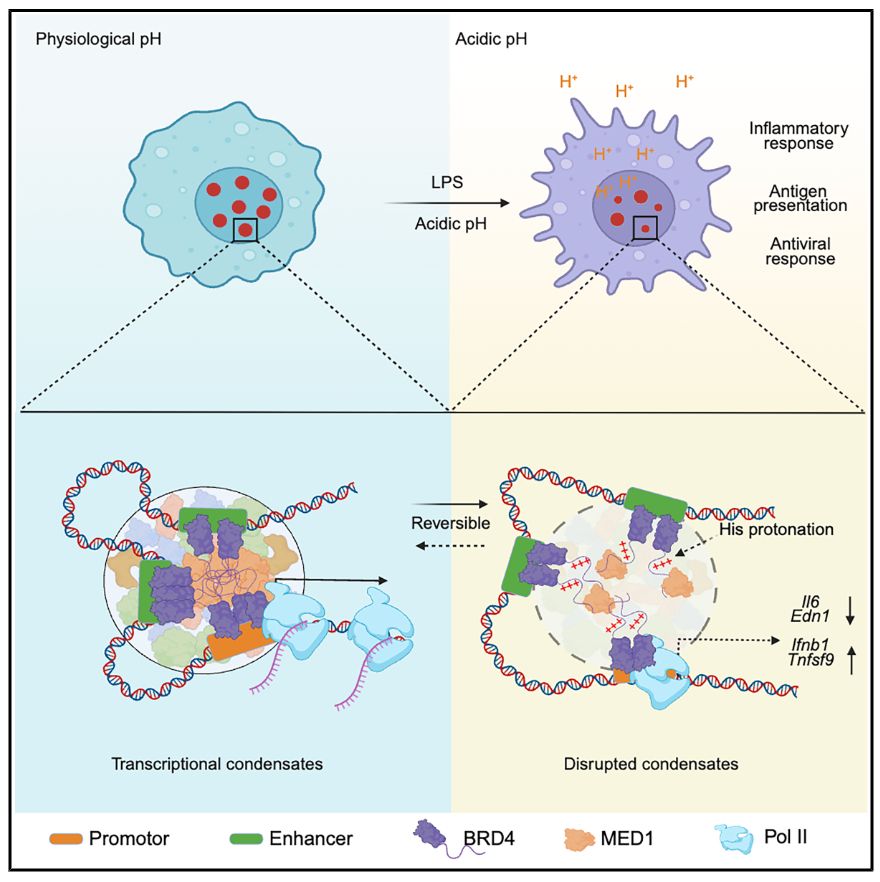
www.science.org/doi/10.1126/...
www.science.org/doi/10.1126/...
www.statnews.com/2025/07/17/n...

www.science.org/doi/10.1126/...
www.science.org/doi/10.1126/...
www.statnews.com/2025/07/17/n...
& @dnamystrom.bsky.social on cool manuscript!!! Reveals how cell nucleus is a heterogeneous material, w chromatin organization controlling formation & phase behavior of nuclear condensates. #CellBiology #Chromatin #PhaseSeparation rdcu.be/evWxR
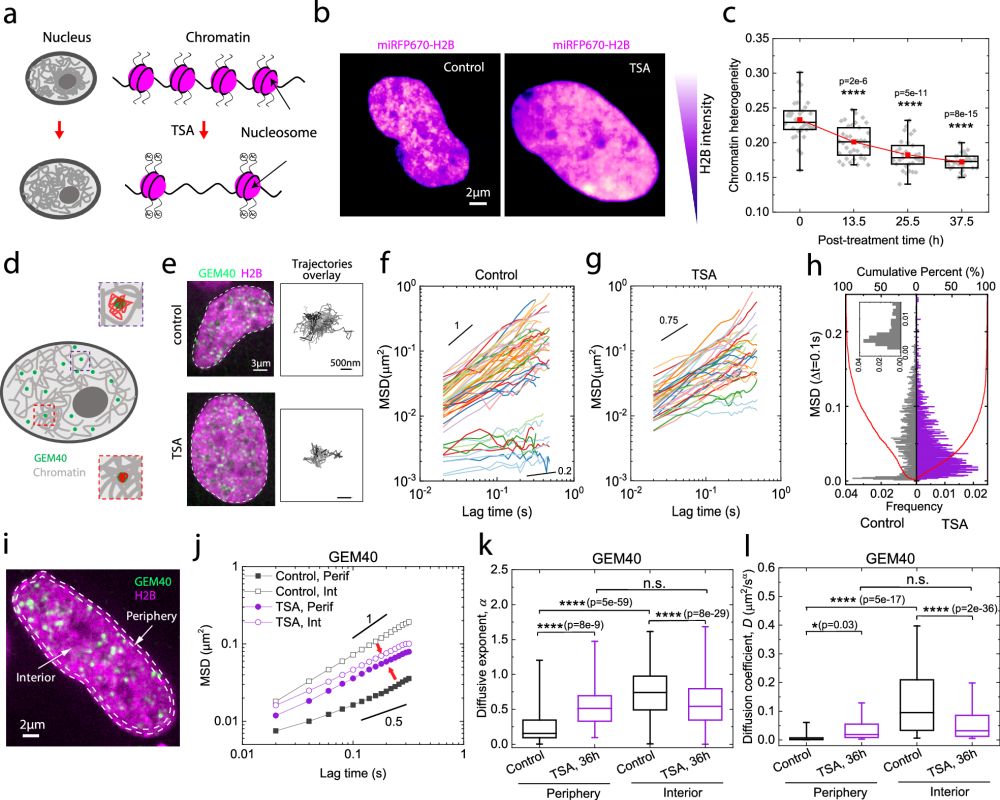
& @dnamystrom.bsky.social on cool manuscript!!! Reveals how cell nucleus is a heterogeneous material, w chromatin organization controlling formation & phase behavior of nuclear condensates. #CellBiology #Chromatin #PhaseSeparation rdcu.be/evWxR
More than 2700 human 3′UTRs are highly conserved. These 3′UTRs are essential components in mRNA templates, as their deletion decreases protein activity without changing protein abundance. Highly conserved 3′UTRs help the folding of proteins with long IDRs.
www.biorxiv.org/content/10.1...
More than 2700 human 3′UTRs are highly conserved. These 3′UTRs are essential components in mRNA templates, as their deletion decreases protein activity without changing protein abundance. Highly conserved 3′UTRs help the folding of proteins with long IDRs.
www.biorxiv.org/content/10.1...
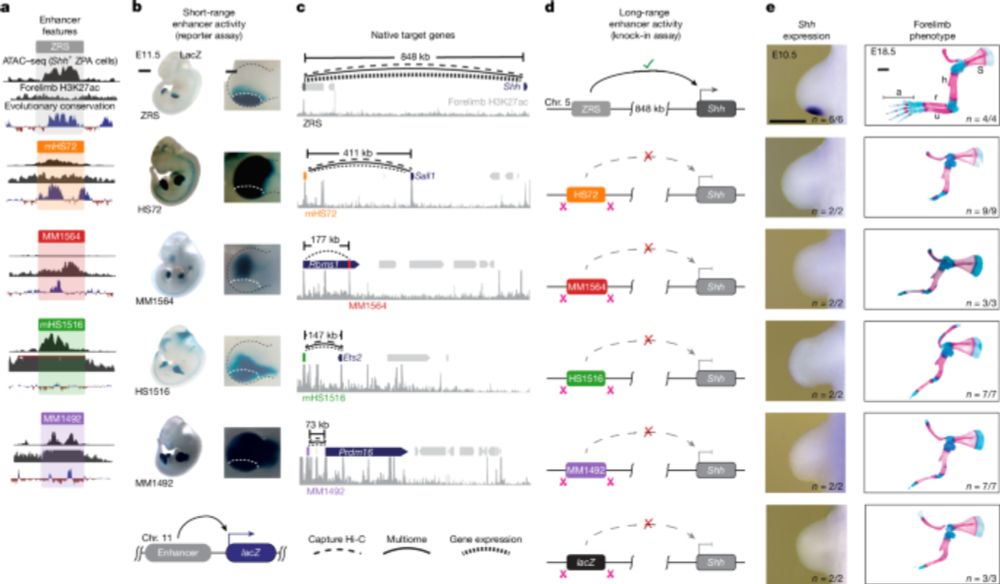
@natmethods.nature.com
Our views on the topic, by Hyman,Rosen,Brangwynne, Sabari, Kappel,Xu & myself, presented here
@hymanlab.bsky.social @brangwynnelab.bsky.social @bsabari.bsky.social @kallikappel.bsky.social
www.nature.com/articles/s41...

@natmethods.nature.com
Our views on the topic, by Hyman,Rosen,Brangwynne, Sabari, Kappel,Xu & myself, presented here
@hymanlab.bsky.social @brangwynnelab.bsky.social @bsabari.bsky.social @kallikappel.bsky.social
www.nature.com/articles/s41...
rdcu.be/eq975
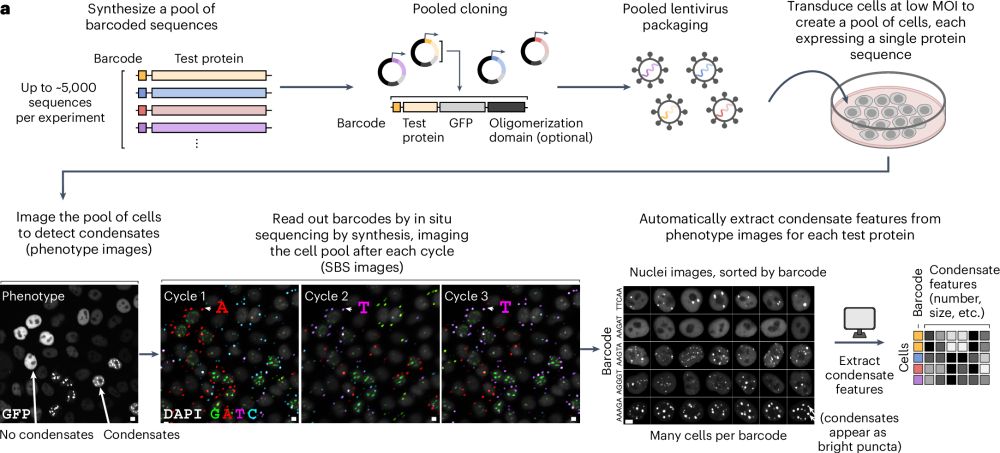
rdcu.be/eq975



We are actively working improving/updating various aspects of FINCHES; don't hesitate to reach out if you run into issues, have questions.
www.science.org/doi/10.1126/...
We are actively working improving/updating various aspects of FINCHES; don't hesitate to reach out if you run into issues, have questions.
www.science.org/doi/10.1126/...



